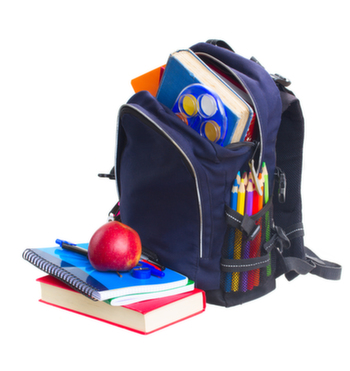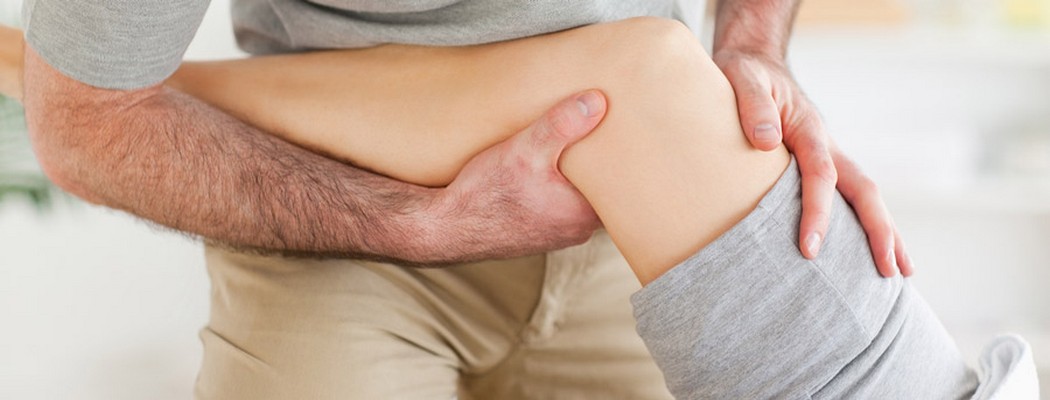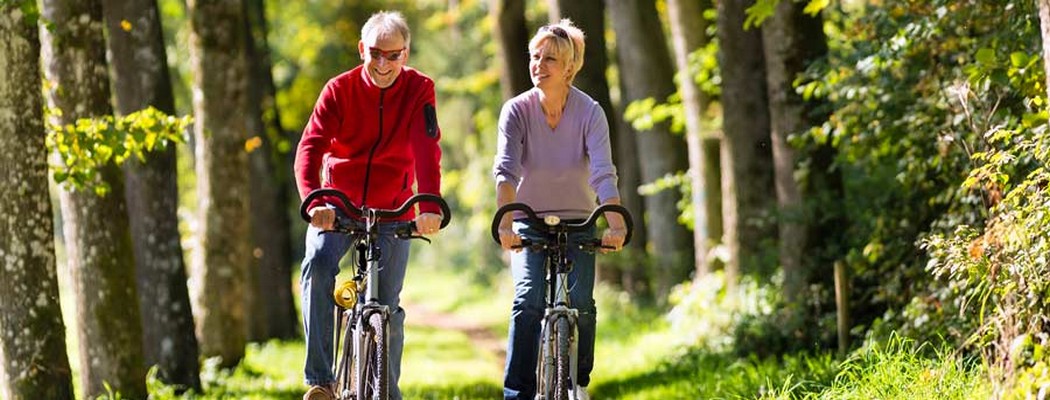Backpacks are one of the best ways to carry books, binders, lunch, running shoes and other items, whether for school or recreation. However, carrying an overloaded backpack or wearing one improperly can lead to poor posture, stress on the soft tissue in your neck and back, and unnecessary strain on muscles and joints.
Over time, the physical strain of carrying heavy loads can result in:
• Fatigue and strain in the muscles and soft tissues of the neck, back and shoulders from overuse.
• Spinal compression and/or improper alignment, leaving the back vulnerable to injury.
• Stress or compression of the shoulders and arms causing tingling, numbness and/or weakness in the
arms or hands.
Backpack Features to Look For
Reduce strain by using and fitting a backpack that works for you rather than against you. CPA recommends the selection and use of backpacks with the following features:
- Padded back – to reduce pressure and prevent the pack’s contents
- from digging into your back.
- Padded, contoured, shoulder and chest straps – to help reduce pressure and balance the weight. Look for a backpack with thickly padded adjustable shoulder straps (2 inches wide) and an extra hip strap. Adjust the shoulder straps so the bottom of the pack sits two inches above your waist
- Waist belt or hip strap – to distribute some of the load to the pelvis. The waist belt sends the weight of your pack down through your legs which are equipped to carry increased weight, preventing you from getting tired as quickly.
- Compression straps – on the sides or bottom of the backpack to compress the contents of the backpack and stabilize the articles inside. Pack by weight, not size and always place the heaviest items closest to your back.
- Reflective material – to increase your visibility to others at night.
Backpacks are designed to distribute the load evenly. Worn correctly and not overloaded, a backpack is
supported by some of the strongest muscles in the body: the back and abdominal muscles. These muscle groups work together to stabilize the trunk and hold the body in proper balance and postural alignment.
Backpack too Heavy?
 When choosing a backpack, look for one made of lightweight materials to reduce the weight you will be carrying.
When choosing a backpack, look for one made of lightweight materials to reduce the weight you will be carrying.
A full backpack should never weigh more than 15 per cent of your body weight. For example, if you weigh 52 kg
(115 lbs.), the backpack should not weigh more than 7.8 kg (17 lbs.). If you can’t carry your backpack and talk
without getting out of breath, you’re carrying too much.
When wearing a backpack, stand tall with your head and neck in line with your shoulders and use both shoulder
straps to help evenly distribute the weight of the pack. Using only one strap loads the entire weight of the body
over one shoulder, causing you to lean to one side. Over time, this abnormal posture can create lower and upper
back pain as well as neck and shoulder strain.
Fit the Backpack to the Person
When buying a backpack, make sure it is not oversized ‘to carry more’. The shoulder straps should fit comfortably
and not dig in to the shoulder or arm, allowing the arms to move freely. The bottom of the pack should rest in the
contour of the lower back. The pack should “sit” evenly in the middle of the back, not “sag” toward the buttocks.
Backpacks for hiking and camping provide additional support through frames and special straps. Be sure to buy
the right backpack for your body.
CPA recommends parents ensure their children do not carry their ‘whole world’ around with them everyday.
Teach them how to wear a backpack properly (and why) and look for the following signs:
• Pain when wearing the backpack
• Tingling or numbness in the arms
• Red marks on the shoulders
Above all, parents should encourage children to say if they have any pain or discomfort before it becomes a serious problem.








 When choosing a backpack, look for one made of lightweight materials to reduce the weight you will be carrying.
When choosing a backpack, look for one made of lightweight materials to reduce the weight you will be carrying. 
